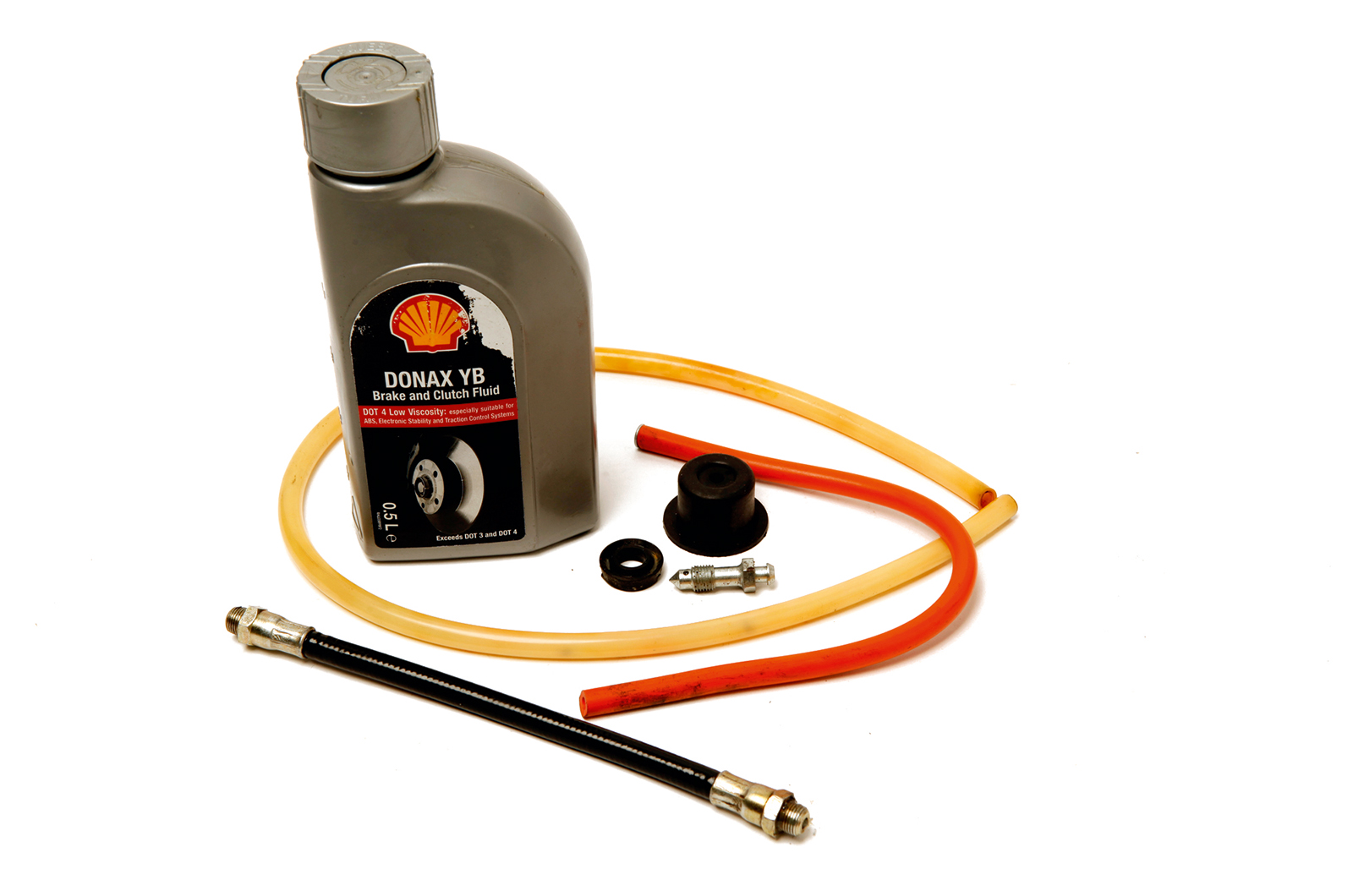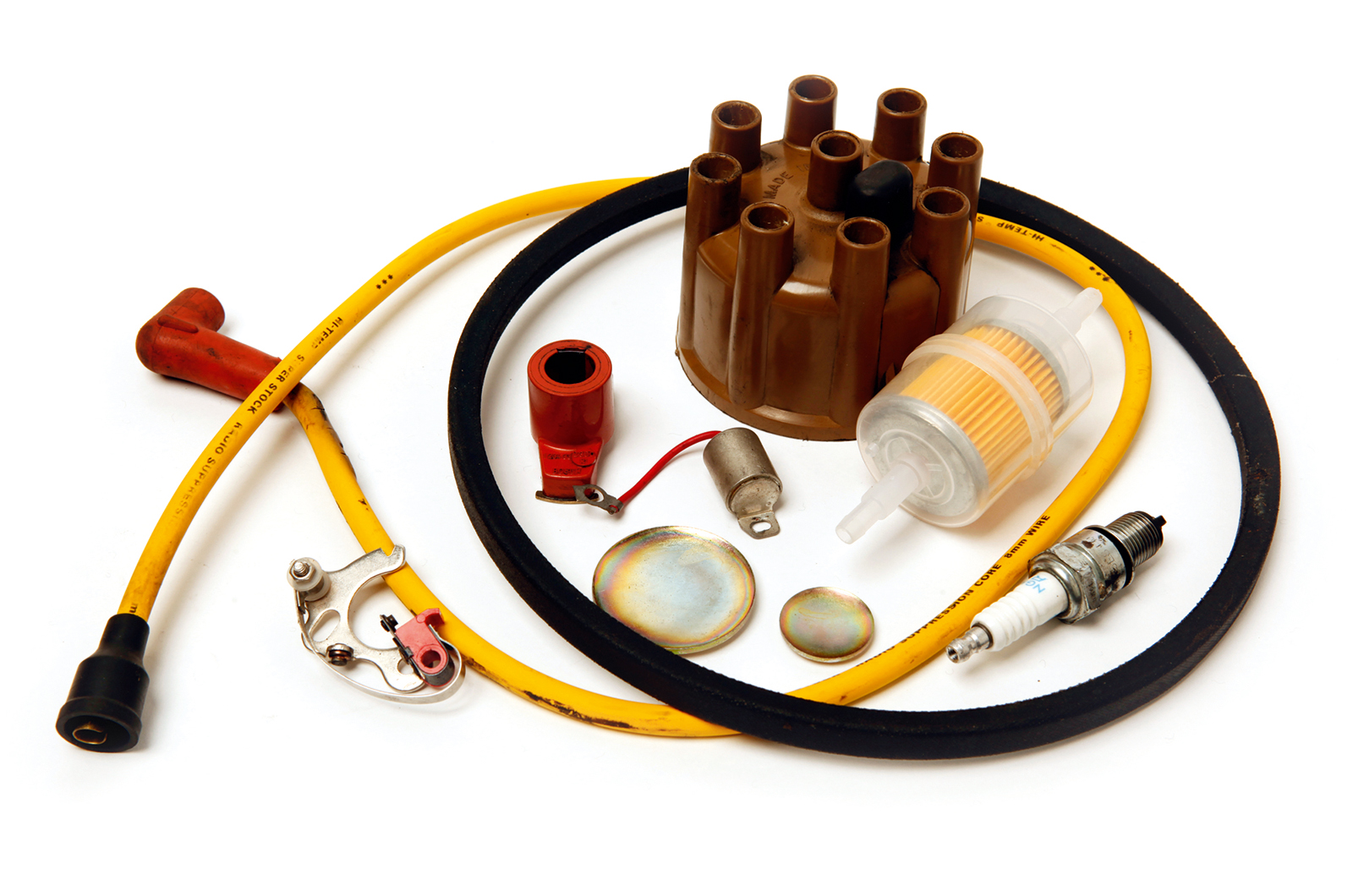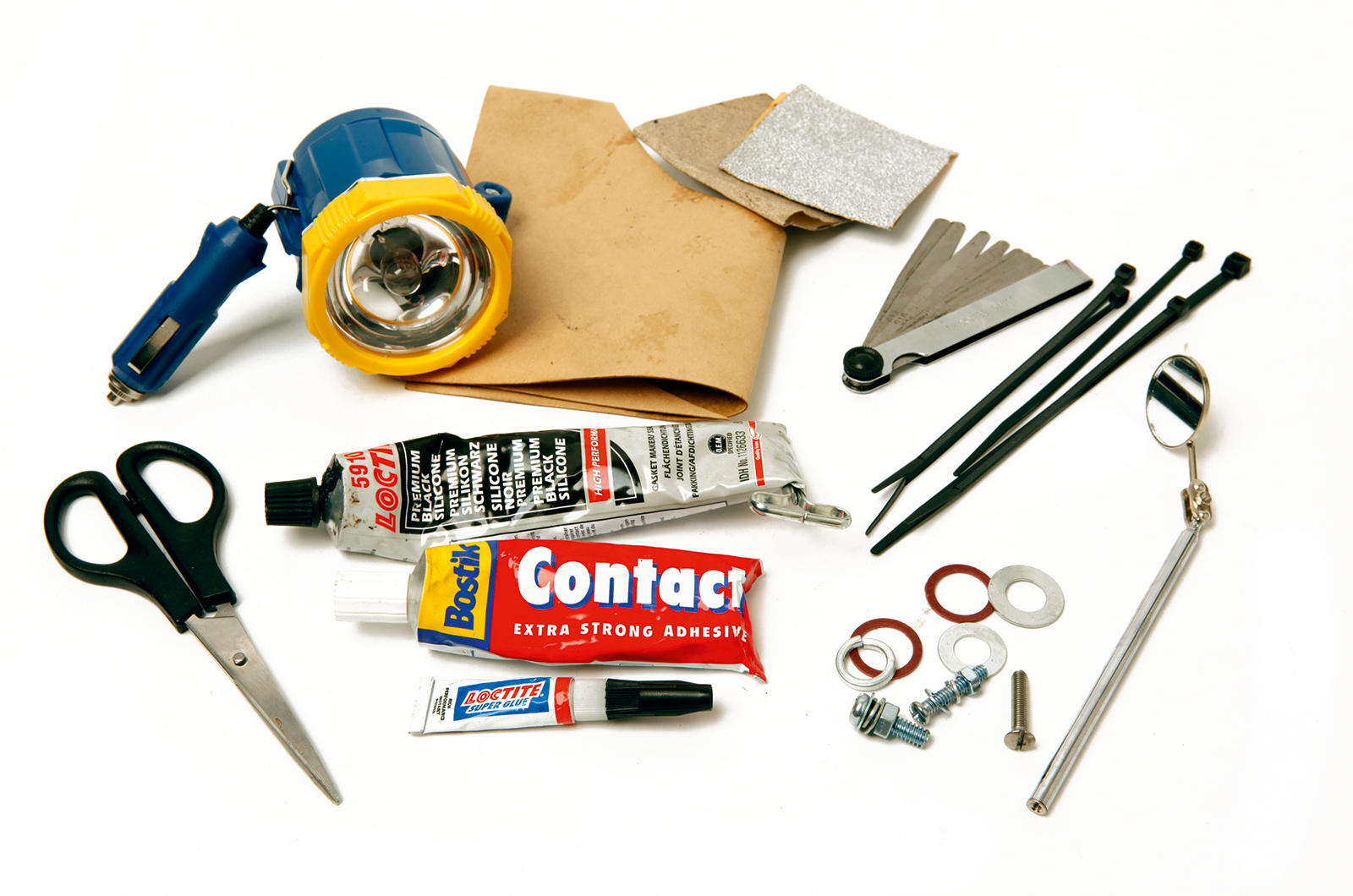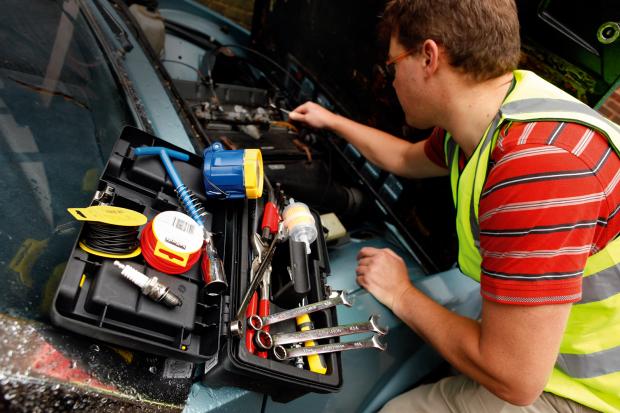
Nobody wants to break down, but the reality is that at some point, you’re likely to have a problem on the road in your classic car – and it’s best to be prepared for this.
A factory toolkit might make your car look the part at a concours, but period box spanners aren’t effective at helping to identify and repair a non-mechanical malady.
Neither is that 99-piece motor factors set you got for Christmas. But a well-stocked and cleverly selected kit can come in handy with sorting a problem before you reach for your AA/RAC card and mobile phone.
Versatile tools are key. Glues, duct tape and cable ties can get you out of a jam, but more specific repair items are worth having, too, as are a selection of hose clamps and spare coolant.
It’s also vital to have the correct calibration; pre-war British classics typically use Whitworth threads and spanners, while post-war cars feature UNC and UNF threads and imperial AF spanners. If you drive something from the 1970s or a continental make, it will be all metric under the bonnet.
A selection of nuts and bolts in common thread sizes is handy, too, as are circlips and cotter pins, while a variety of electrical connectors will let you circumvent a short or a faulty component.
Never attempt a repair at the roadside unless it is safe, preferably with the car well off the road. Wear a ‘high vis’ jacket and place a hazard triangle to warn other road-users.
1: SPANNERS
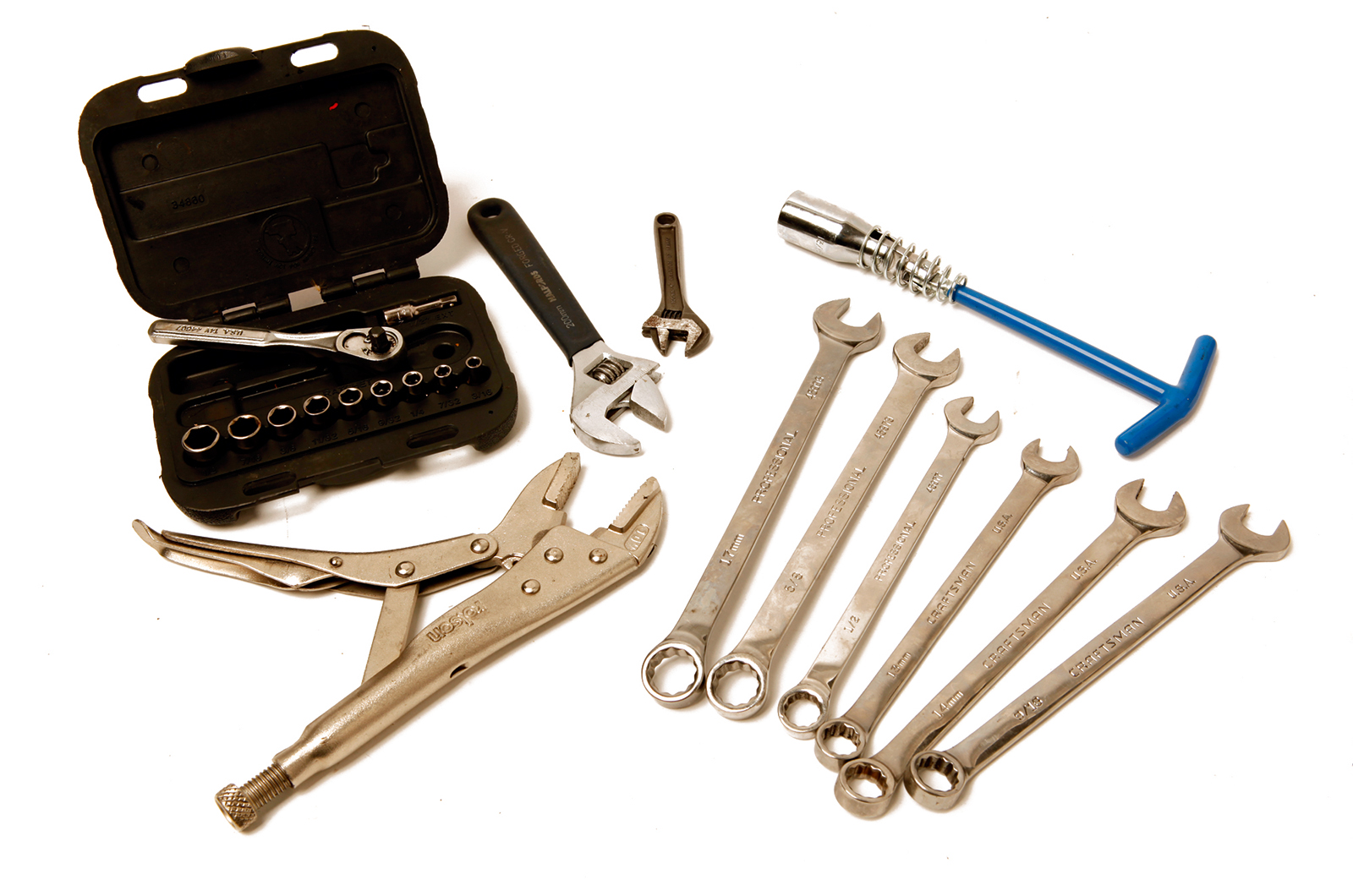
Half-inch, ⅝in and 9⁄16in spanners will cover 80% of bolts on a British classic, while 10, 13, 14 and 17mm will do for most continentals. A couple of adjustables will fill the gaps.



